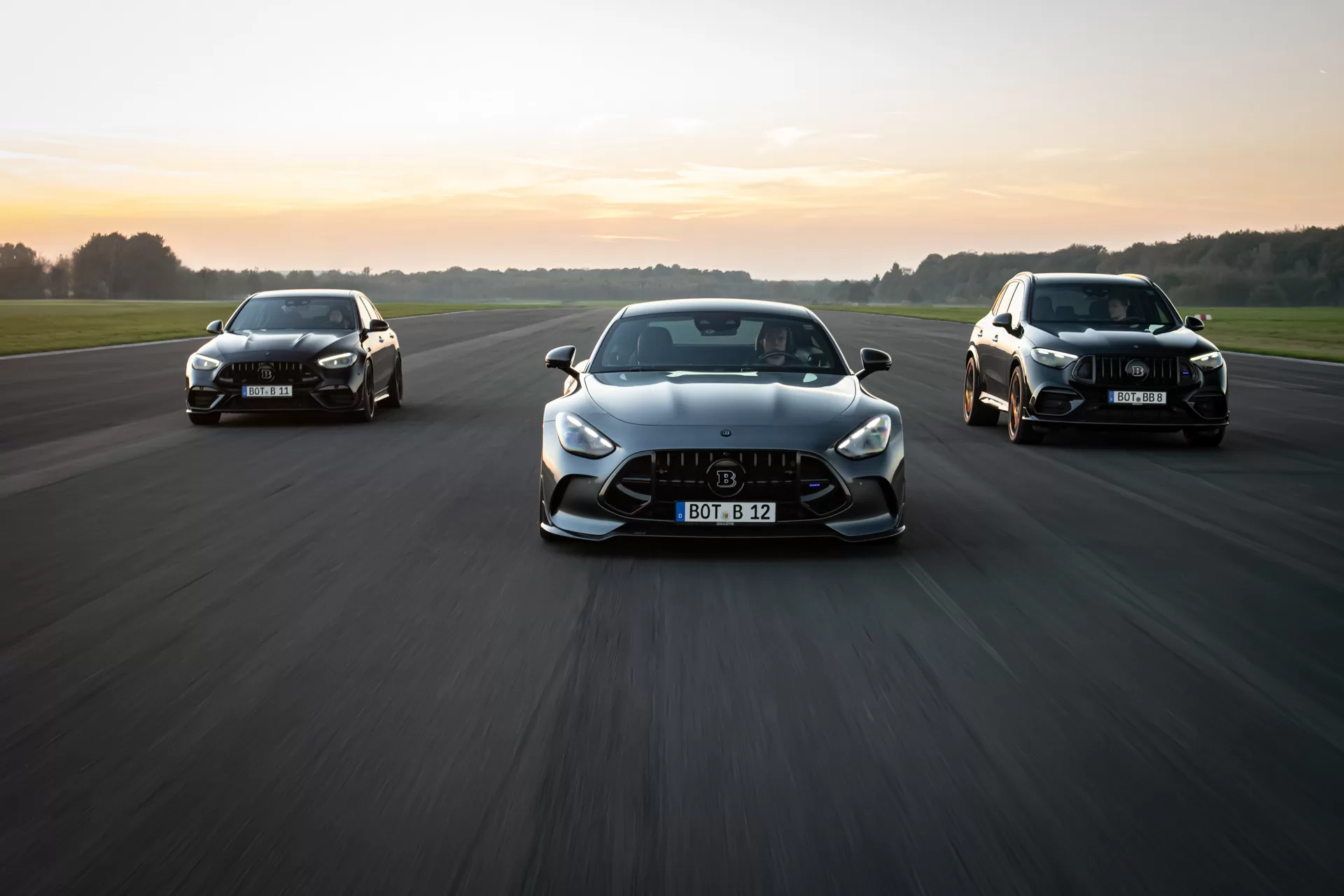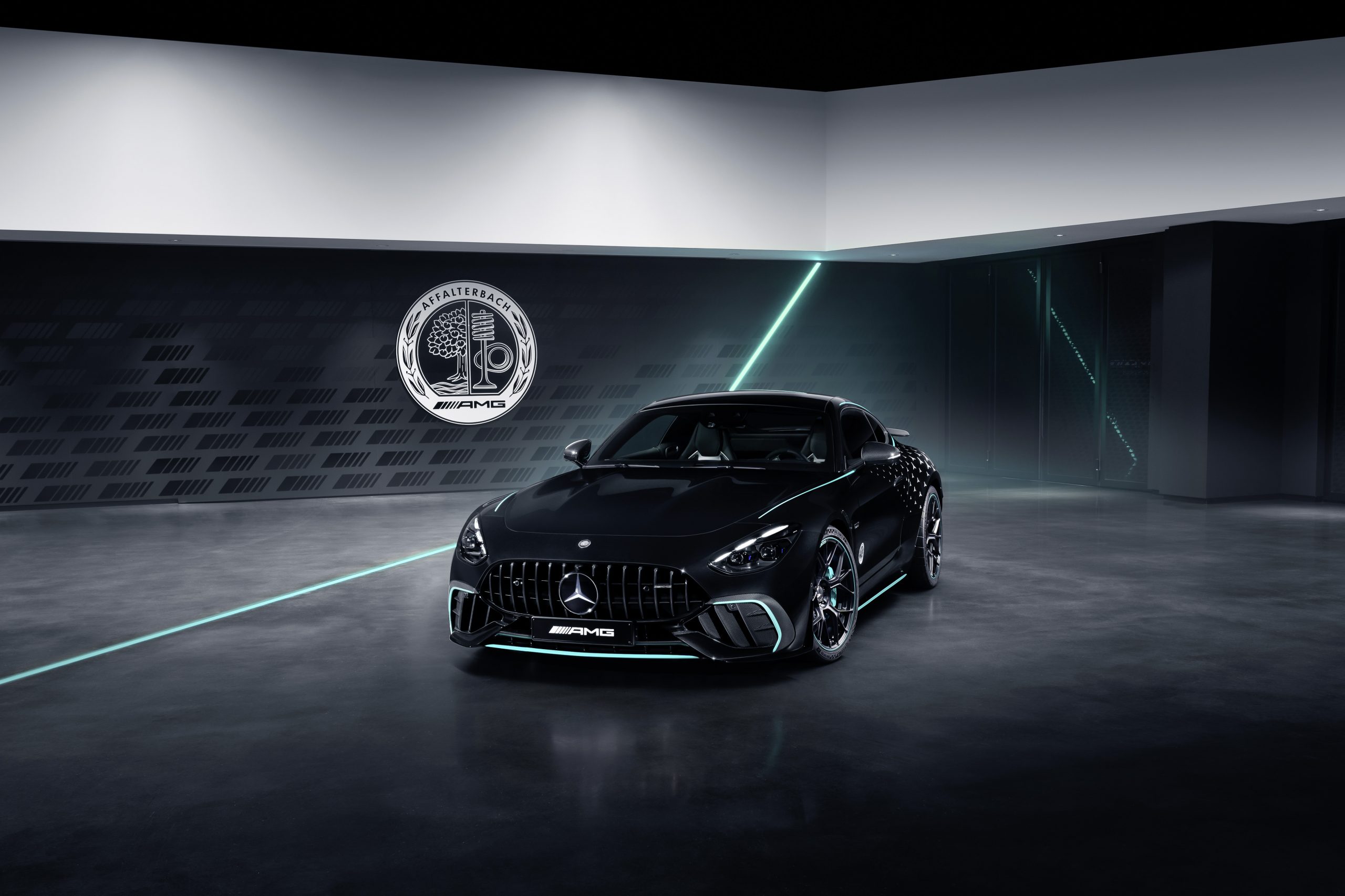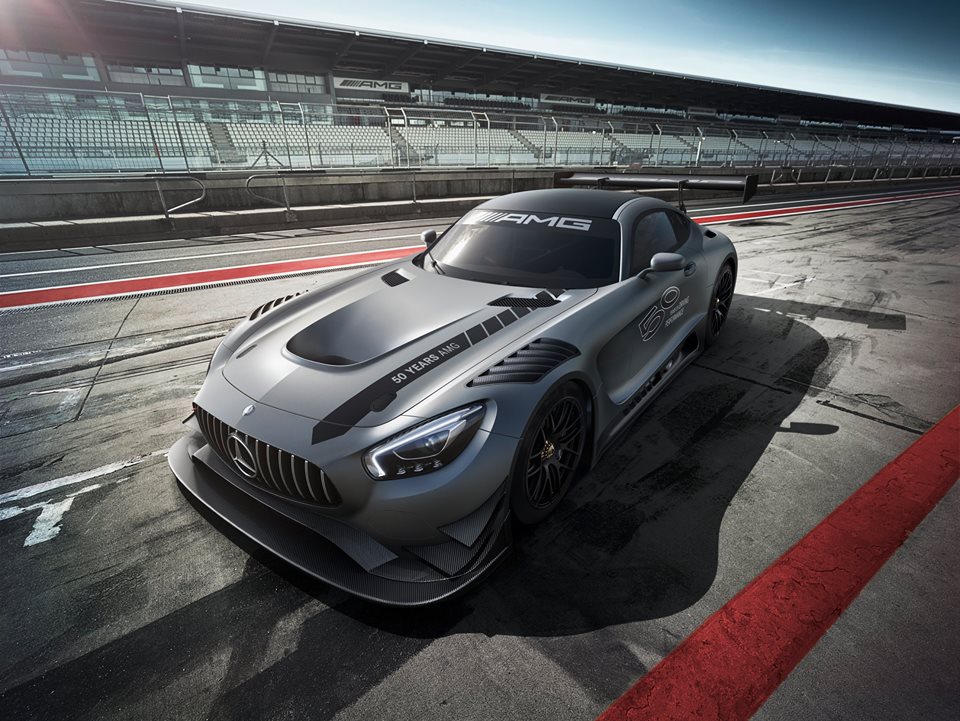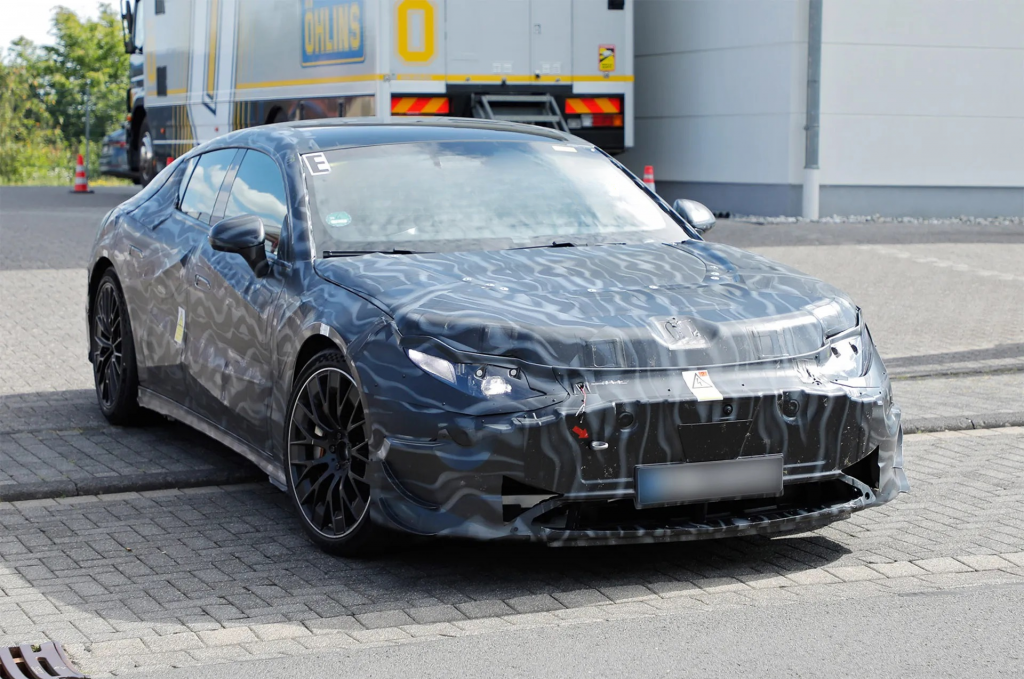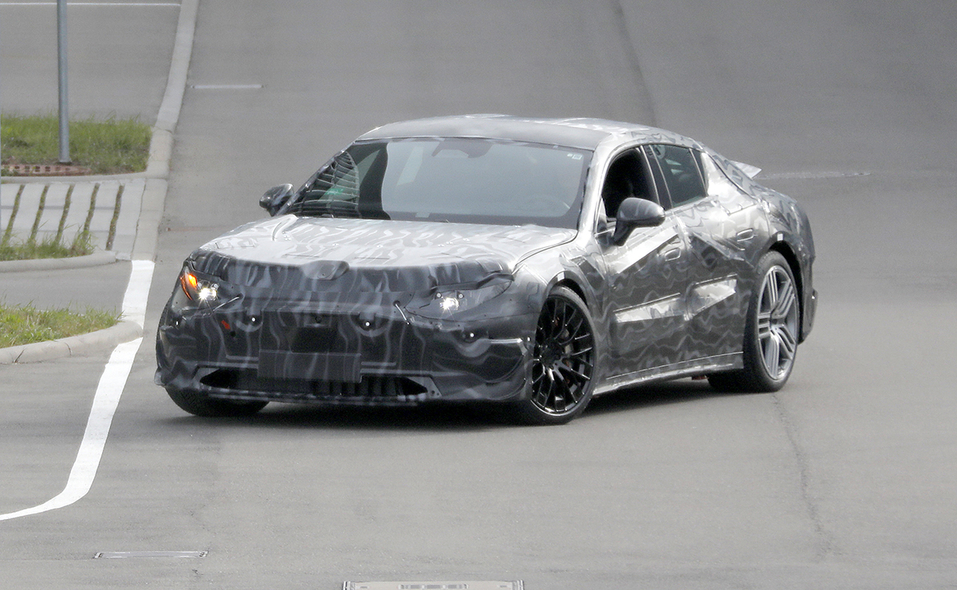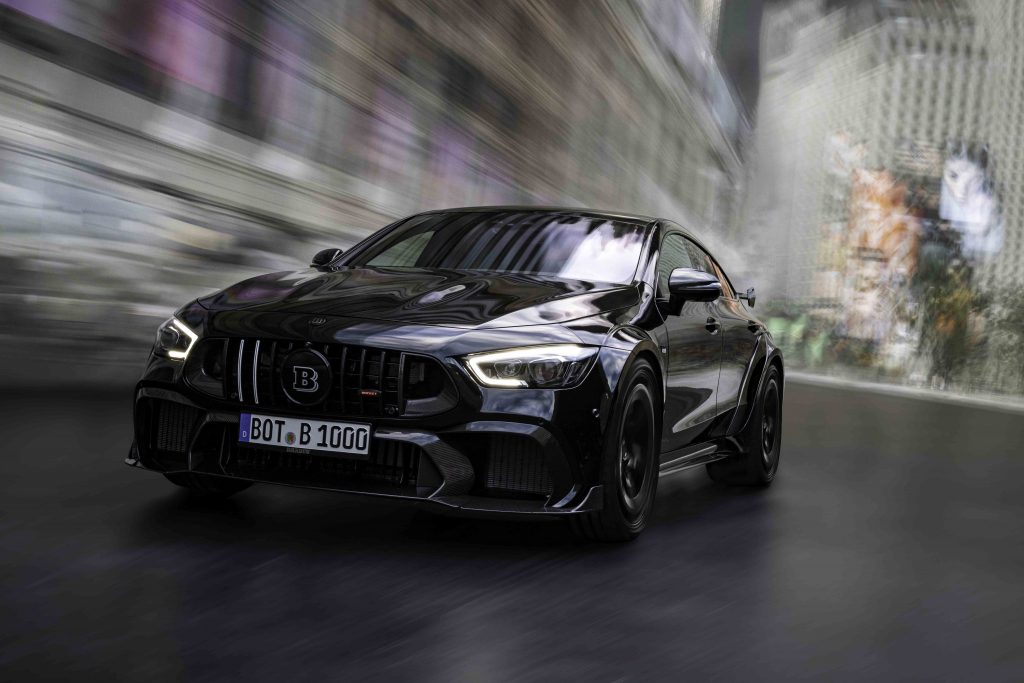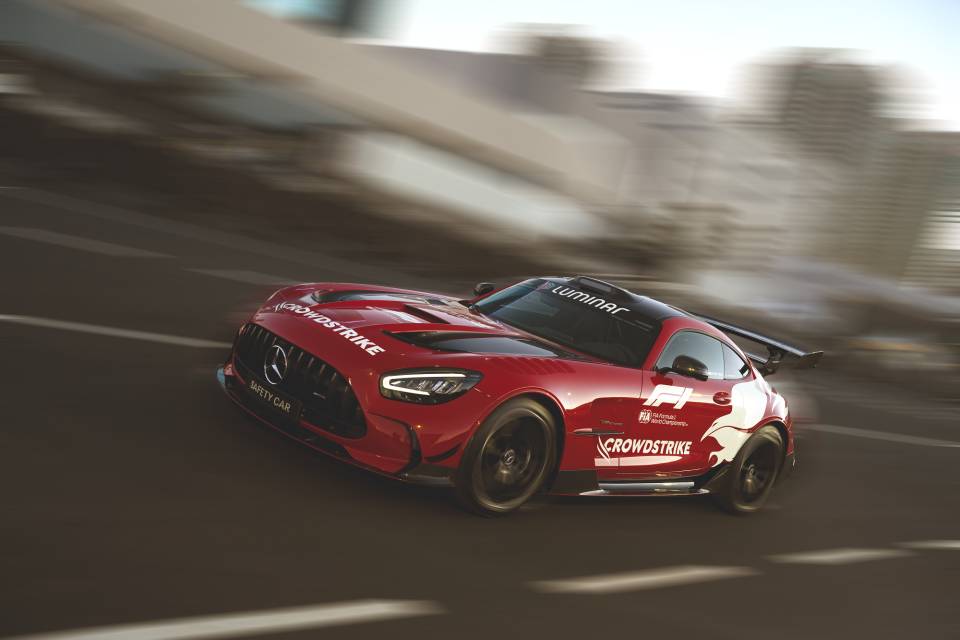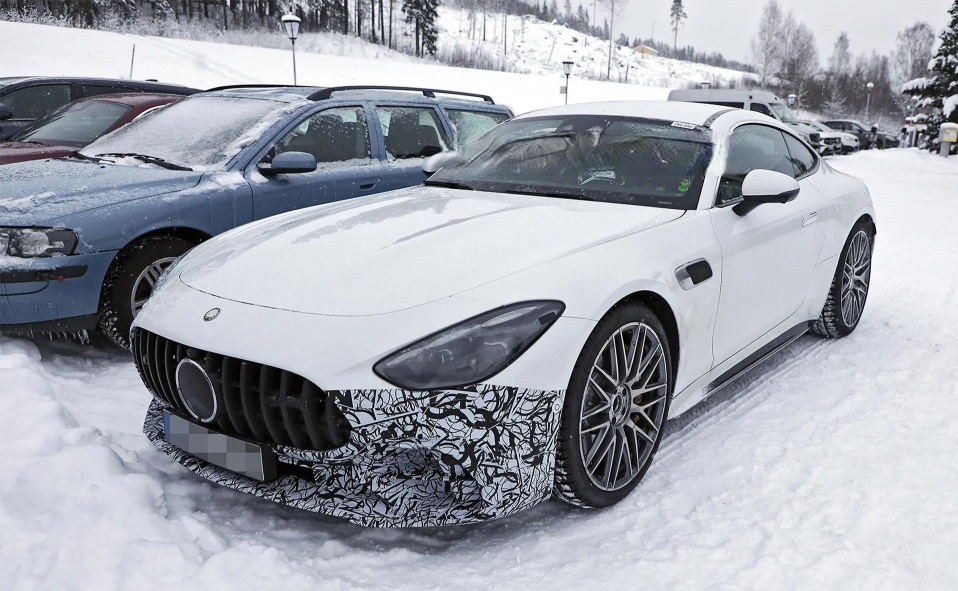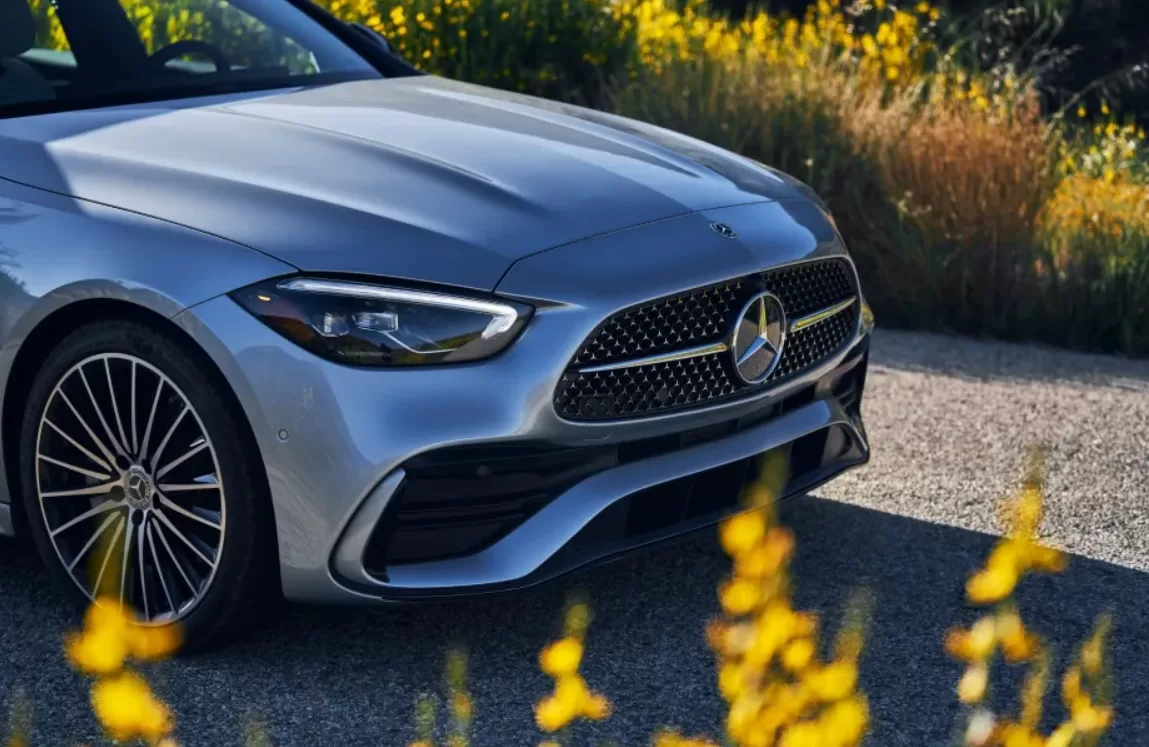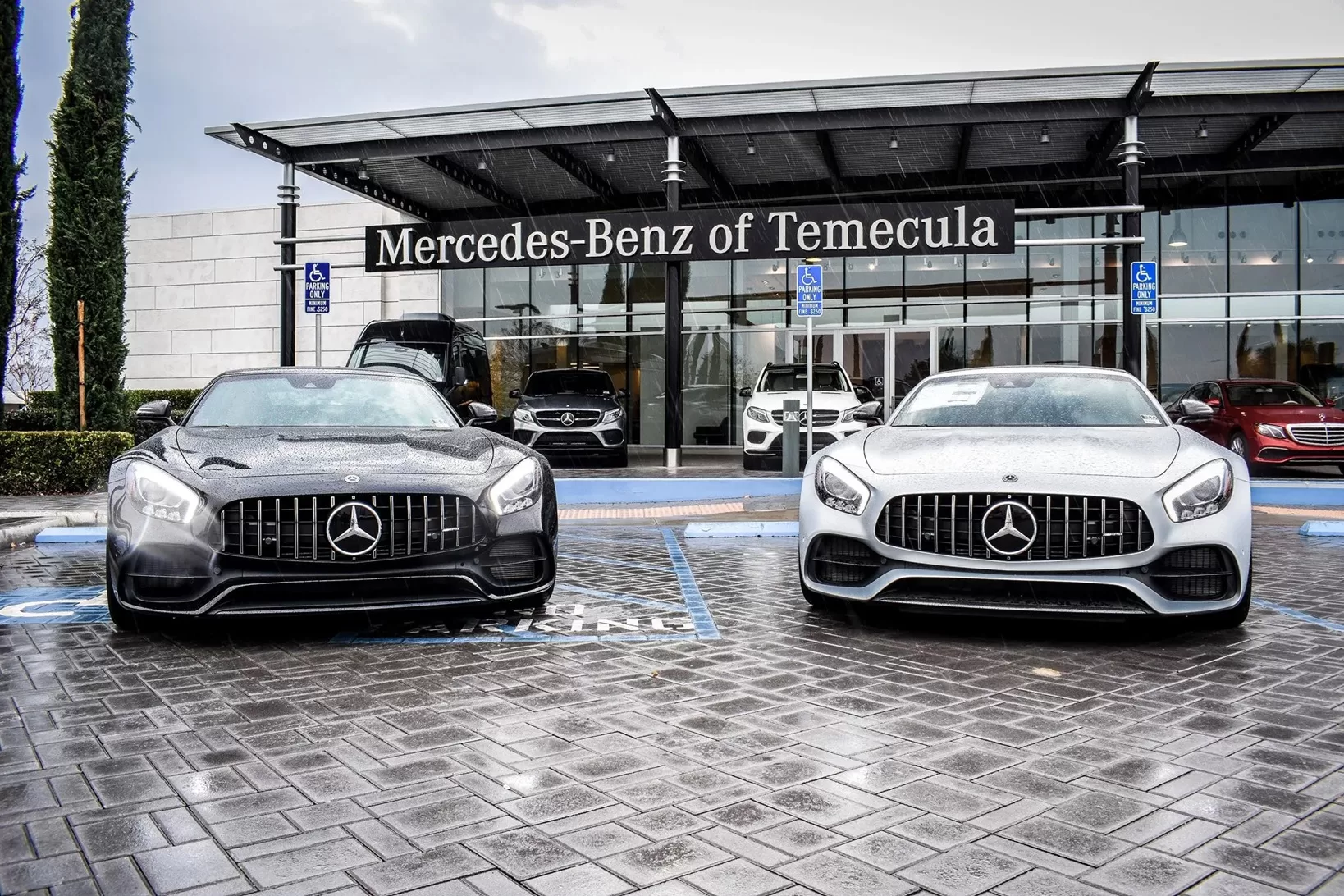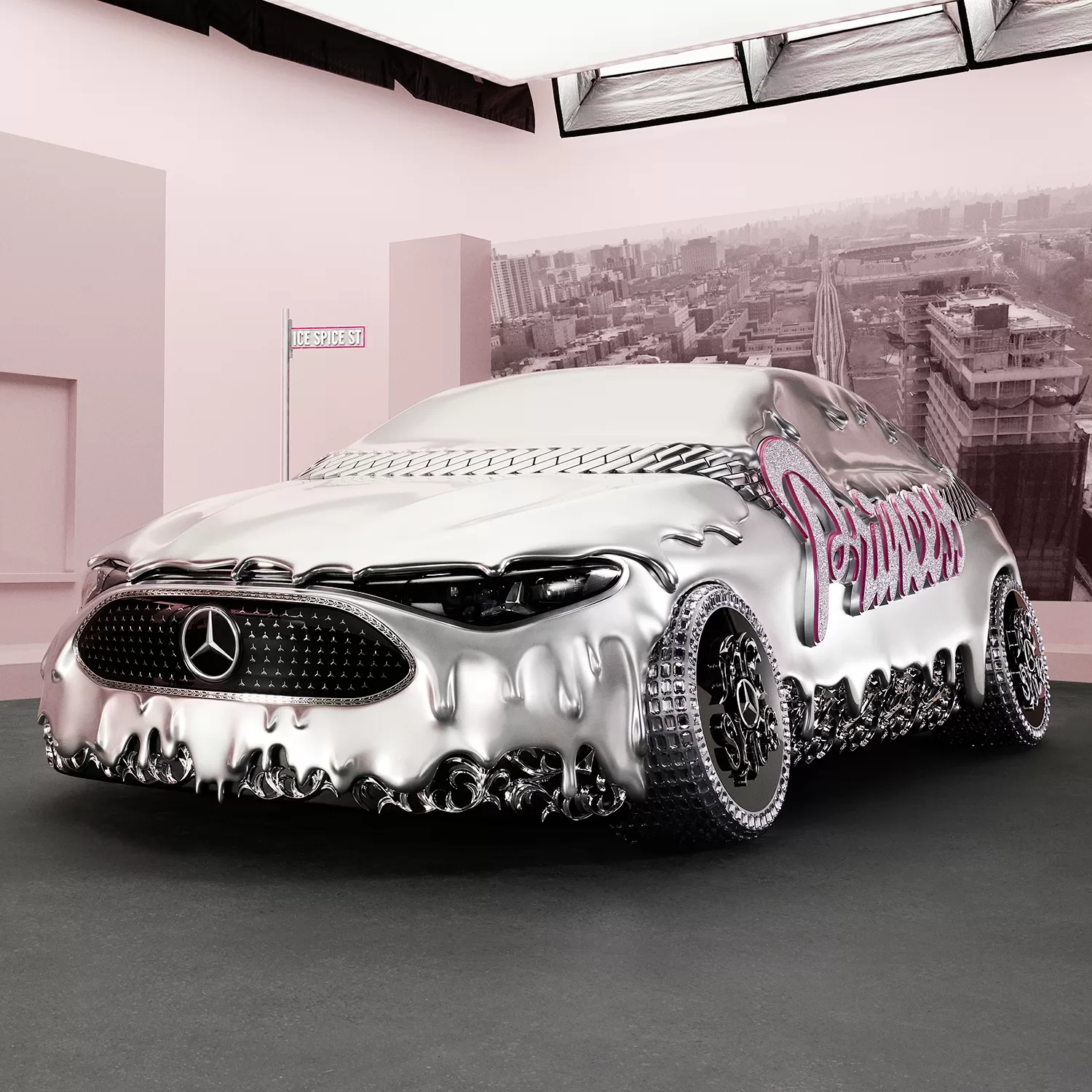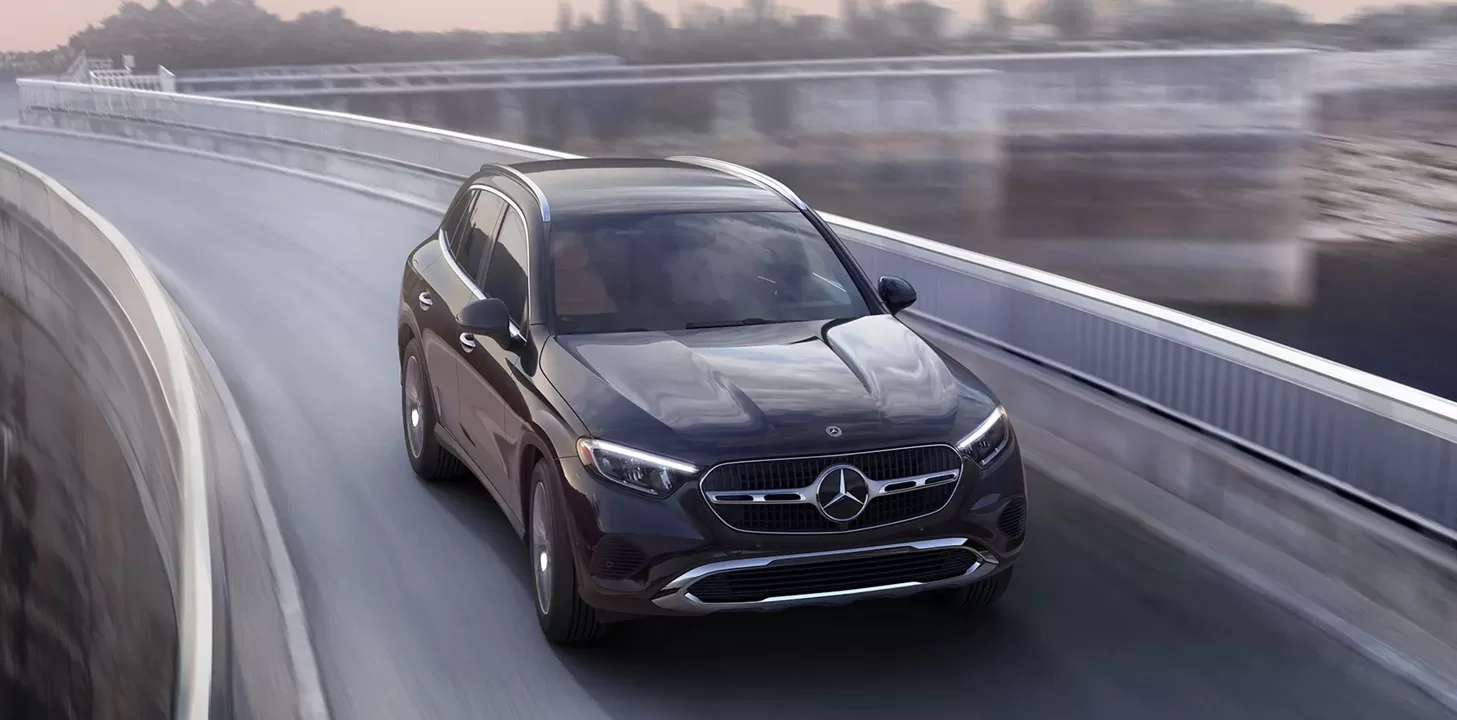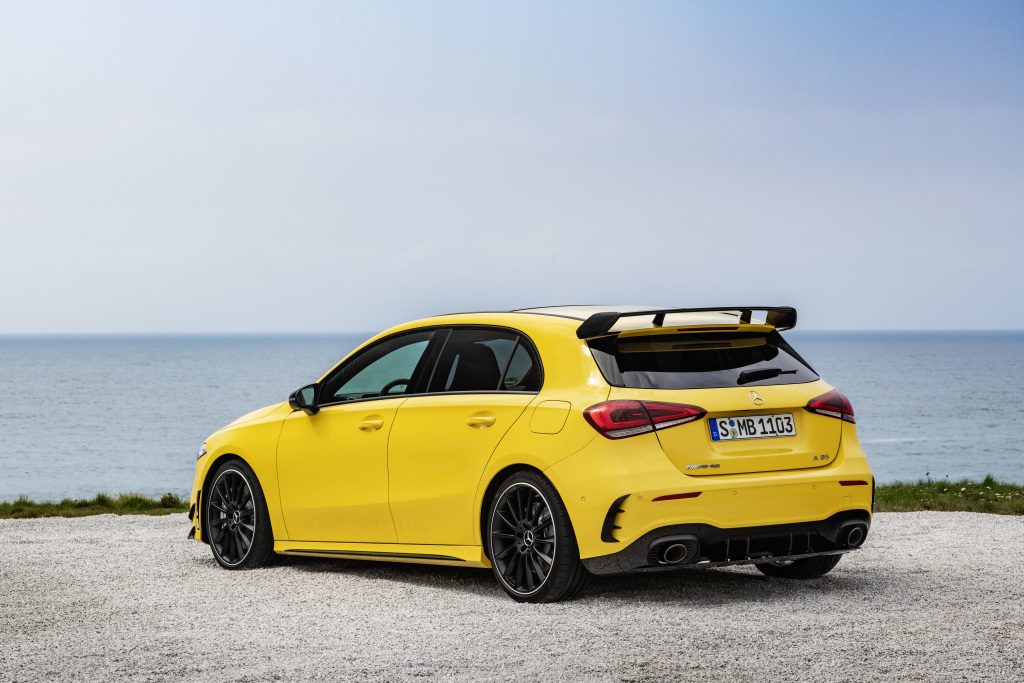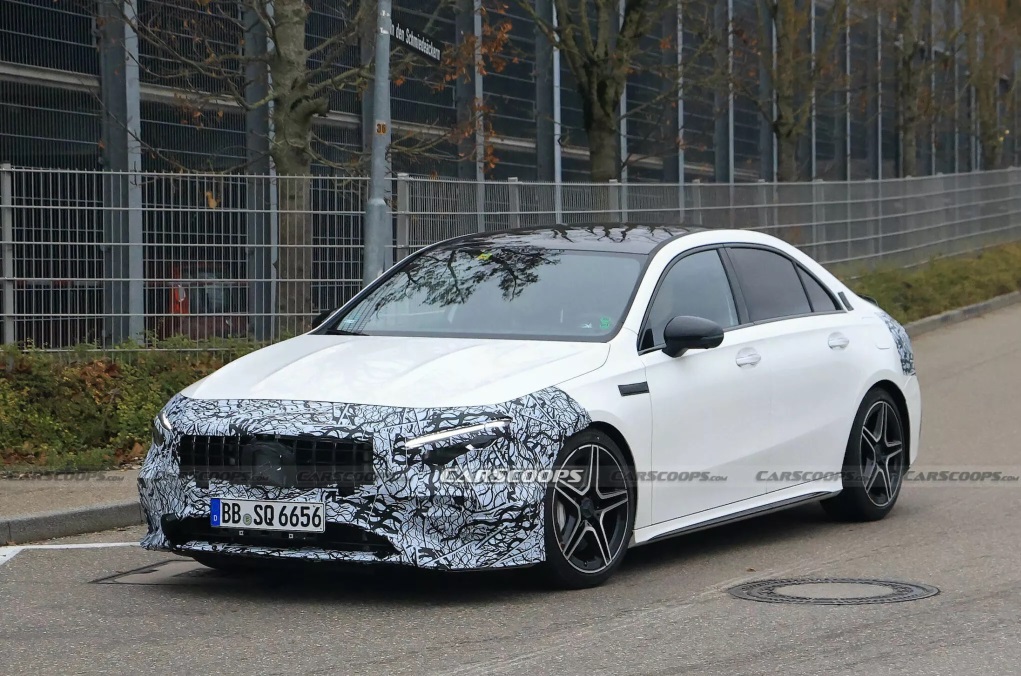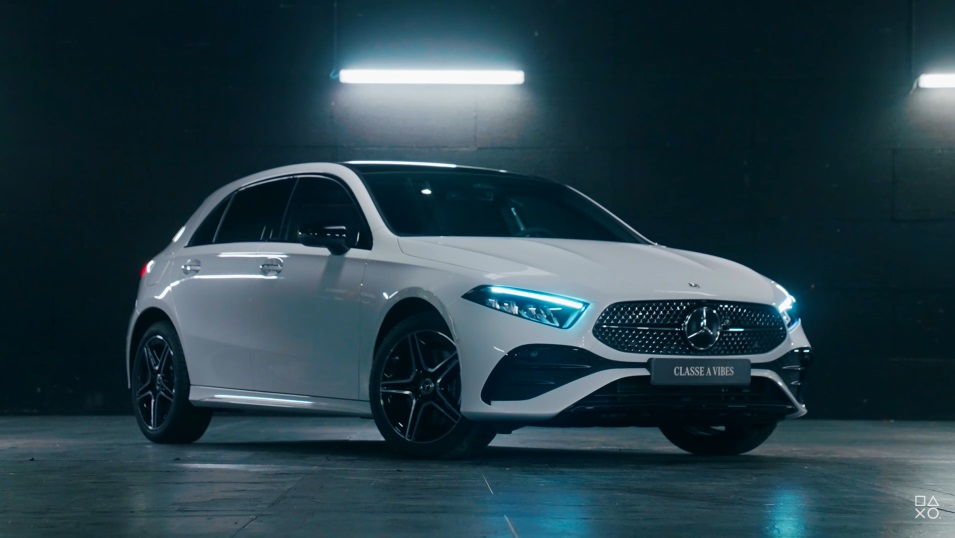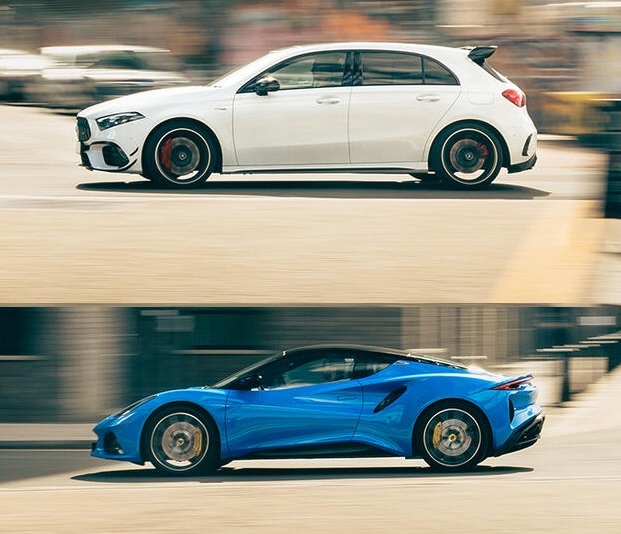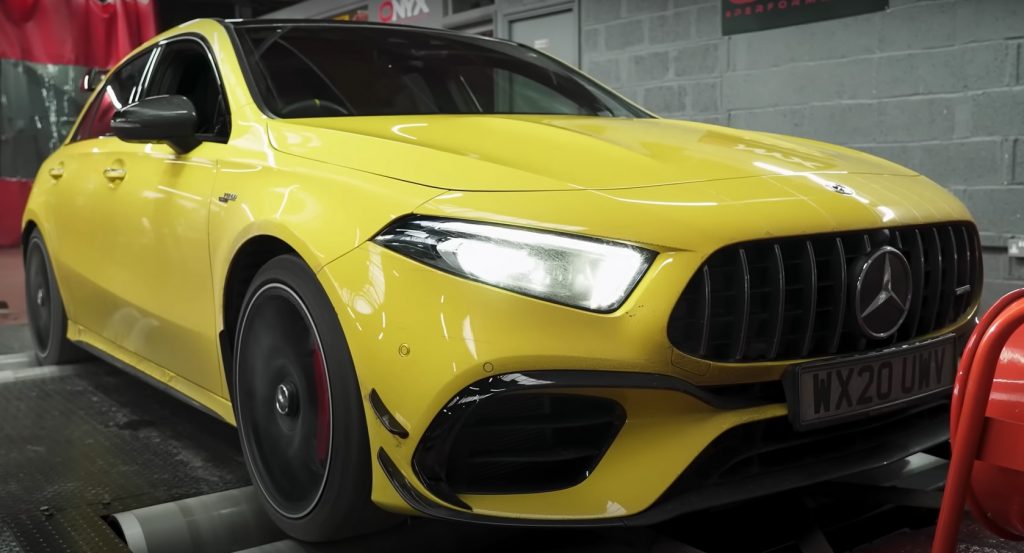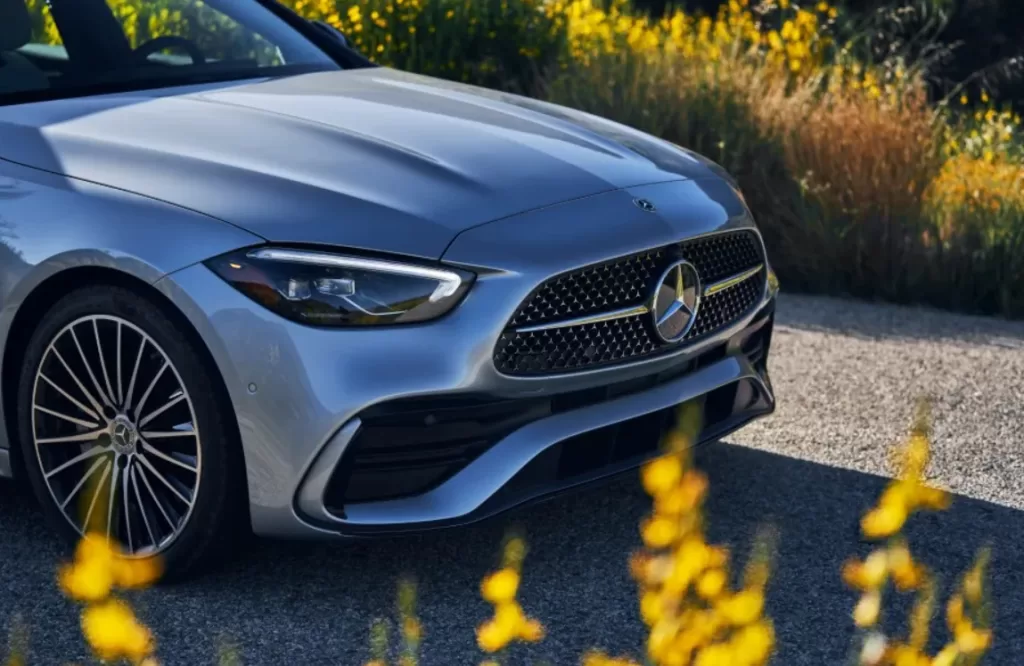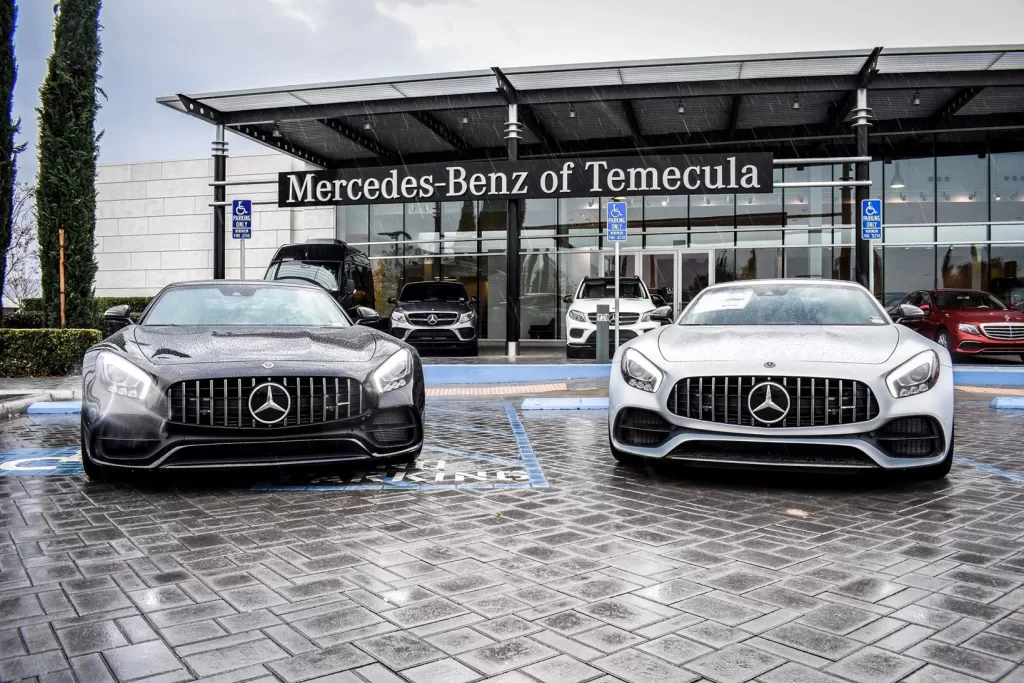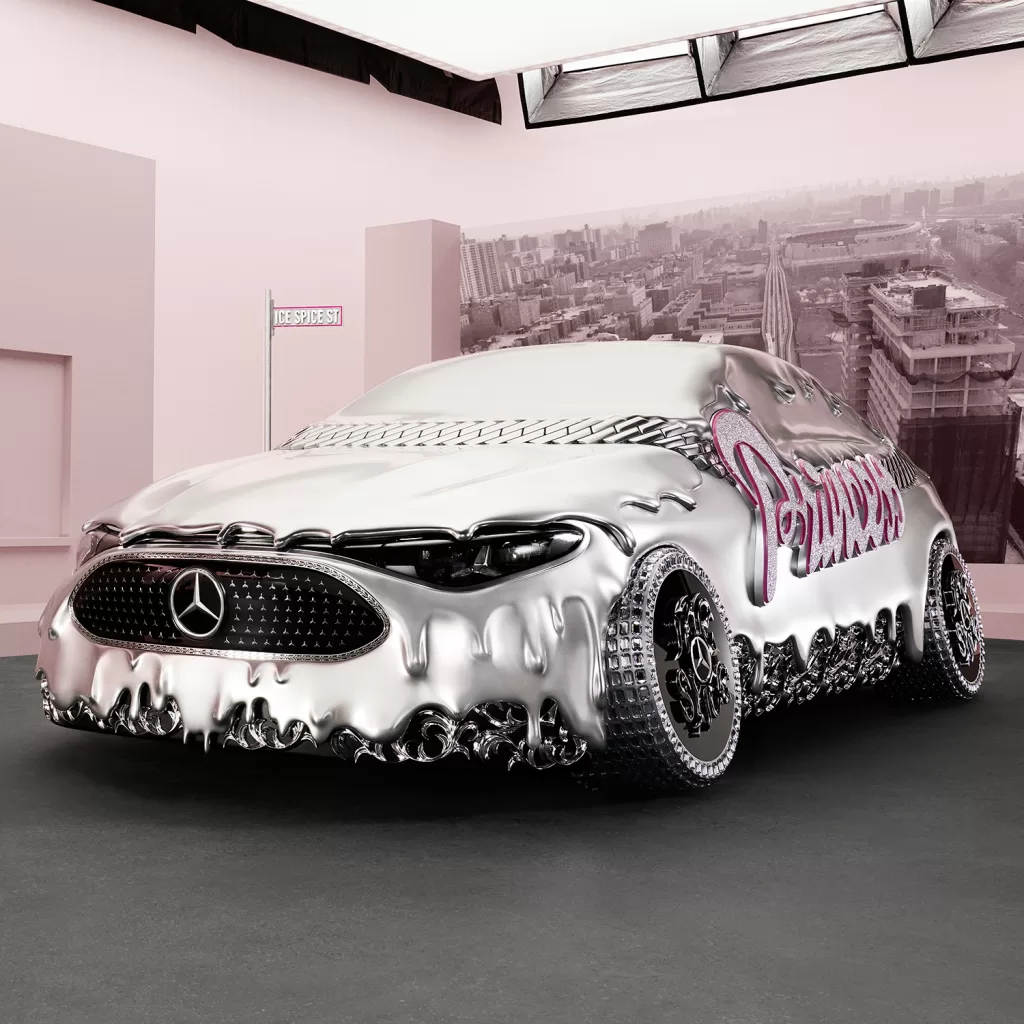Some 36 years after Mercedes-Benz first implemented gasoline injection in a production car – the 300 SL – with four-stroke engine, the Stuttgart brand brought the era of passenger cars with carburetor engines to an end. In 1990, Mercedes Benz presented the new 190 E 1.8 model with 1.8-liter injection engine at the Turin Motor Show. In the 201 series, it replaced the previous carburetor model 190. At the same time, the 200 and 200 T carburetor models were no longer used in the mid-sized 124 series.
The twelve-cylinder reappeared on the scene in 1990, almost 70 years after its forefather in the W 154 racing car. The new M 120 E 60 was initially used to power the experimental C 112 in 1990 before it made its debut in a production car, the Mercedes-Benz 600 SE (W 140), in 1991. The six-liter engine was convincing, thanks to its excellent smooth running characteristics and high flexibility. The engine developed its maximum output of 408 hp (300 kW) at 5200 rpm.
Model designations change with the new C-Class
When Mercedes-Benz presented the new compact sedan of the C-Class (202 series) in May 1993, new, consistent model designations for all of the brand’s passenger cars were also introduced. From then on, an initial letter or a letter combination would indicate the class to which the car belonged, followed by a figure for engine displacement. Many of the earlier letters or numbers that had served to identify engine and bodywork variants were now dispensed with once and for all. The reason for this reform was demonstrated by C-Class: all the gasoline engines used in the W 202 were injection engines with four-valve technology. Distinguishing these from two-valve or carburetor versions was thus no longer necessary.
The four-cylinder engines of the 202 series all belonged to the M 111 engine family. In the design of the engines, the engineers favored high tractive power rather than the greatest output. Like all current four-valve units of the model range, the four-cylinder in-line engines were equipped with a rotorless high-voltage distributor which had no movable parts, thus preventing associated wear. Double spark coils on the intake manifold supplied two cylinders in each case.
In 1993, in the SL 280 and SL 320 models of the SL 129 series, Mercedes-Benz presented two new six-cylinder in-line engines with four-valve technology. The engine of the SL 280 developed 193 hp (142 kW) at 5500 rpm. The SL 320 generated 231 hp (170 kW) at 5600 rpm.
Innovations in engine design from A to G
In the same year, the company presented the C 36 AMG as the top-of-the-line model in the C-Class at the Frankfurt International Motor Show. The 3.6-liter six-cylinder engine developed by AMG delivered 280 hp (206 kW) at 5750 rpm.
In 1995, in the new E-Class of the 210 series, Mercedes-Benz presented a newly developed 2.3-liter engine developing 150 hp (110 kW) in the E 230. The additional output of the engine derived from the 2.2-liter four-cylinder was mainly generated in the lower and medium engine speed range.
Compressed air boosts output in the C-Class
In 1995, the Mercedes-Benz design engineers reconsidered the legendary engines with mechanical superchargers. The renaissance of this technology in passenger cars began with the 2.3-liter four-cylinder C-Class, SLK and CLK engines. At the 1995 IAA, the C 230 Kompressor was presented, whose maximum torque of 280 Nm was available in the engine speed range between 2500 and 4800 rpm thanks to mechanical supercharging. However, the 193-hp (142-kW) four-valve four-cylinder engine consumed only 8.2 liters of premium gasoline on 100 kilometers (Euro-Mix). The engine was thus approximately one fifth more economical than a naturally aspirated engine of the same power output. The technology combined high torque with good fuel economy and low emissions.
Launch of the Mercedes-Benz V6 engines
In 1997, at the RAI Motor Show in Amsterdam, Mercedes-Benz presented vehicles with V6 gasoline engines. The E 280 and E 320 had completely newly developed engines which significantly undercut even the world’s strictest emission standards applicable at that time. Mercedes-Benz thus prepared its vehicles for the stricter emission regulations that were expected in the future. While power output rose, fuel consumption declined by up to 13 percent compared with the previous six-cylinder in-line engines.
The engine as an element of passive safety
The engine and transmission took on a special role in the Mercedes-Benz A-Class presented in 1997, because the underfloor drive unit arranged at an angle in front of the pedal floor was an integral component of the safety concept together with the vehicle’s sandwich floor. The drive system arranged in front of and under the intermediate floor slid along an inclined bulkhead underneath the passenger compartment in the event of a frontal impact. This reduced the risk of injury to the vehicle occupants. A completely new engine series, the M 166, was developed. Initially, the gasoline engine versions A 140, developing 82 hp (60 kW), and A 160, developing 102 hp (75 kW), were available. The A 190, with its 125-hp (92-kW) M 166 E 19 engine, completed the model lineup in 1999.
Innovative V-engines reduce consumption
The new V6 engines for the C-Class, which Mercedes-Benz presented in summer 1997, belonged to the generation of V-engines that were also used in the E- and M-Class and in the CLK. Progress was achieved in many respects: the C 240, developing 170 hp (125 kW), and the C 280, developing 197 hp (145 kW), for example, had modern gasoline engines with three-valve technology, dual ignition, and exhaust gas recirculation.
In 1997, Mercedes-Benz presented the new high-performance CLK GTR sports car. The road-going racing coupe based on the CLK had a V12 mid-engine which, from a 6.9-liter displacement, developed 560 hp (412 kW) and achieved a maximum torque of 720 Nm.
The year of the eight-cylinder
At the North American International Auto Show in Detroit in 1998, Mercedes-Benz presented the ML 430 and CLK 430 with V8 engines. The 279-hp (205-kW) engine made these two cars the top-of-the-line models in their respective series. At the International Offroad Show in Munich in spring 1999, the Mercedes-Benz G 500 followed, its V8 engine developing 296 hp (218 kW) at 5500 rpm. The M 113 E 50 engine was also the basis for the AMG version presented in 1999. The M 113 E 55 version of the eight-cylinder now developed 354 hp (260 kW) at 5500 rpm in the G 55 AMG. And finally, in the S 55 AMG S-Class model, the light-alloy engine with a displacement of just under 5.5 liters developed an output of 360 hp (265 kW) at 5500 rpm.
In 1999, the Vision SLR sports car study with a supercharged V8 engine developing 557 hp (410 kW) attracted much attention in Detroitas a gullwing coupe, and at the IAA as a roadster. In 2003, Mercedes-Benz presented the high-performance Mercedes-Benz SLR McLaren sports car developed from this study and equipped with a supercharged 626-hp (460-kW) V8 engine, which accelerated from standstill to 100 km/h in 3.8 seconds. In the SLR 722 Edition the
5.5-liter V8 engine even developed 650 hp (478 kW).
Twelve comes up trumps
In 1999, some changes were made in the Mercedes-Benz range with regard to the V12 engines. The company presented the SL 73 AMG as a sporty high-performance model with an M 120 E 73 engine. The engine tuned by AMG developed 525 hp (386 kW) at 5500 rpm from a displacement of 7.3 liters. The new top-of-the-range S-Class model from the W 220 series was also presented with a V12 engine in 1999: in the S 600, the M 137 E 58 developed an impressive 367 hp (270 kW) at 5500 rpm.
CGI technology
In 2002, in the CLK 200 CGI, Mercedes-Benz presented a revolutionary generation of gasoline engines with direct gasoline injection based on the stratified-charge gasoline injection (CGI) principle. These direct gasoline injection engines had 16-percent lower fuel consumption than comparable engines with manifold injection. The microprocessor-controlled gasoline direct injection was combined with a hot-film air-mass sensor (HFM) and a mechanical supercharger.
Together with the new injection technology, a generation of four-cylinder engines was premiered and, thanks to their unique TWINPULSE system, set standards in this displacement category in terms of power development, torque characteristics, smooth running and fuel consumption. Two four-cylinder models were available: the CLK 200 KOMPRESSOR (163 hp/120 kW) with conventional fuel injection and the CLK 200 CGI (170 hp/125 kW) with direct gasoline injection. In the new CGI engine, Mercedes-Benz further enhanced the TWINPULSE system with innovative direct gasoline injection, which reduced the fuel consumption of the two-liter four-cylinder engine to just 7.9 liters per 100 kilometers (NEDC combined consumption). This was approximately 16 percent less than in the predecessor model.
In the CLS 350 CGI, presented in 2006, the CGI method reaches a new level: the four-door coupe boasts the world’s first gasoline engine with piezo direct injection and a spray-guided combustion process. The 292-hp (215-kW) six-cylinder engine of the CLS 350 CGI again attains fuel savings of approximately ten percent compared with the V6 gasoline engine with port injection. The new direct gasoline injection unit thus points the way forward for gasoline engines.
In 2002, Mercedes-Benz also presented a new generation of four-cylinder engines. These ultra-modern engines started off in the C-Class, and were also used in other Mercedes-Benz model series later on. The design focused on the reduction of fuel consumption, further improved torque characteristics, optimized power development and smooth running characteristics, as well as consistent use of lightweight design and other high-tech innovations.
Turbocharging for V12 engines, A-Class and B-Class
All Mercedes-Benz twelve-cylinder engines were fitted with turbochargers in 2002. In order to compensate for the known disadvantages of exhaust gas turbocharging, the Mercedes-Benz engineers developed a complex solution. Thus, the V12 of the S 600 (W 220) operated with two exhaust gas turbochargers and one indirect intercooler. In the sedan, this M 275 KE 55 LA engine achieved a maximum output of 500 hp (368 kW) at 5000 rpm. An identical engine was used to power the SL 600.
Even more powerful was the AMG twelve-cylinder engine with biturbo in the new SL 65 AMG which Mercedes-Benz presented in 2004: developing 612 hp (450 kW) and 1000 Nm of maximum torque, this car was the production roadster with the highest output and torque in the world.
In 2005, turbochargers were also used in the two-liter models of the new Mercedes-Benz A-Class (W 169) and, at a later stage, in the
B-Class (T 245) as well. The turbocharged 193-hp (142-kW) engine was installed, like other engines, at a 59-degree angle behind the front axle. The A 200 TURBO model opened up new output dimensions for the A-Class, thanks to this engine. With a specific output of 96 hp (71 kW), the four-cylinder was among the most powerful engines in its displacement class.
Tailor-made six-cylinder for the new SLK
In 2004, for the first time in the car category, the new Mercedes-Benz SLK was fitted with a V8 engine in the SLK 55 AMG with an output of 360 hp (265 kW) at 5750 rpm. The six-cylinder engine of the SLK 350 model was completely redeveloped for the roadster. With a host of technical innovations, the 3.5-liter four-valve V6 with 272 hp (200 kW) set new standard in fuel economy and noise comfort and afforded dynamic motoring pleasure.
In 2004, in the 367-hp (270-kW) C 55 AMG, Mercedes-Benz also offered an eight-cylinder for the C-Class for the first time. In addition, a 192-hp (141-kW) four-cylinder with supercharger enhanced the engine range for the sedans and station wagons in the 202 series from the spring of 2004.
High engine speed concept and large displacement
An innovative concept – a combination of large displacement and high engine speed – was realized by Mercedes-AMG in 2005 with a new V8 engine. The 6.3-liter V8 developed 510 hp (375 kW) at 6800 rpm. It was thus the world’s most powerful naturally aspirated eight-cylinder engine. The configuration offered approximately 20 percent more torque than comparable engines of the same output class. The engine reached its maximum torque of 630 Nm at 6800 rpm.
Shifting camshafts in the S-Class
In the S-Class, a new V8 engine was launched in 2005. The 5.5-liter engine develops 388 hp (285 kW), and was the new top-of-the-line engine in its engine family presented in 2004. An innovative feature is the engine’s shifting camshafts; the variable camshafts compensate for pressure variations in the exhaust tract and thus ensure even smoother running of the eight-cylinder engine. The six-cylinder engine in the S 350, developing 272 hp (200 kW) output, has variable camshafts with continuous adjustment.
Finally, in 2006, the S 600 was launched on the market as the new top-of-the-line model. Its twelve-cylinder biturbo engine developing 517 hp (280 kW) has a maximum torque of 830 Nm. While the current V6 and V8 engines feature four-valve technology, the new V12 has three valves per cylinder.
Technological innovations follow in the tradition of engine development in the past decades at Mercedes-Benz: “More output with greater fuel economy” was not merely the message of the S-Class of the W 221 series, since the combination of ecology and motoring pleasure thanks to innovative gasoline engines is a challenge for Mercedes-Benz, which the brand’s researchers and engineers have successfully been meeting time and again over many years. The DIESOTTO research engine shown at the 2007 Frankfurt International Motor Show, which combines the advantages of the gasoline engine with those of the diesel engine plus those of hybrid technology, admirably follows in this tradition.

